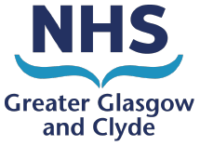White Powder Incident
Members of the public who have been exposed to a suspect biological agent should receive an initial 10 days’ ciprofloxacin as prophylaxis against anthrax, plague, tularaemia or other biological agent (unless contraindicated – doxycycline is an alternative – see below). This is a precaution until laboratory results for the agent are known. Initial and follow-up treatments can be provided under the emergency PGDs below.
Anthrax – children aged 12 yrs and over and adults
- PGD national ciprofloxacin 500mg pgd initial supply anthrax
- PGD national ciprofloxacin pgd 500mg further supply anthrax 20 days
- PGD national doxycycline pgd initial supply anthrax
- PGD national doxycycline pgd further supply anthrax 20 days
Tularemia – children aged 12 yrs and over and adults
- PGD national- ciprofloxacin pgd 500mg initial supply tularemia
- PGD national ciprofloxacin pgd 500mg further supply tularemia
- PGD national doxycycline pgd initial supply tularemia
- PGD national doxycycline pgd further supply tularemia
Plague – children aged 12 yrs and over and adults
- PGD national ciprofloxacin pgd 500mg initial supply plague
- PGD national doxycycline pgd initial supply plague
Anthrax – children under 12 yrs
- PGD national ciprofloxacin pgd under 12-initial supply anthrax
- PGD national- ciprofloxacin pgd further supply under 12 anthrax 20 days
Tularemia- children under 12 yrs
- PGD national ciprofloxacin pgd initial supply under 12 tularemia
- PGD national ciprofloxacin pgd further supply under 12 tularemia
